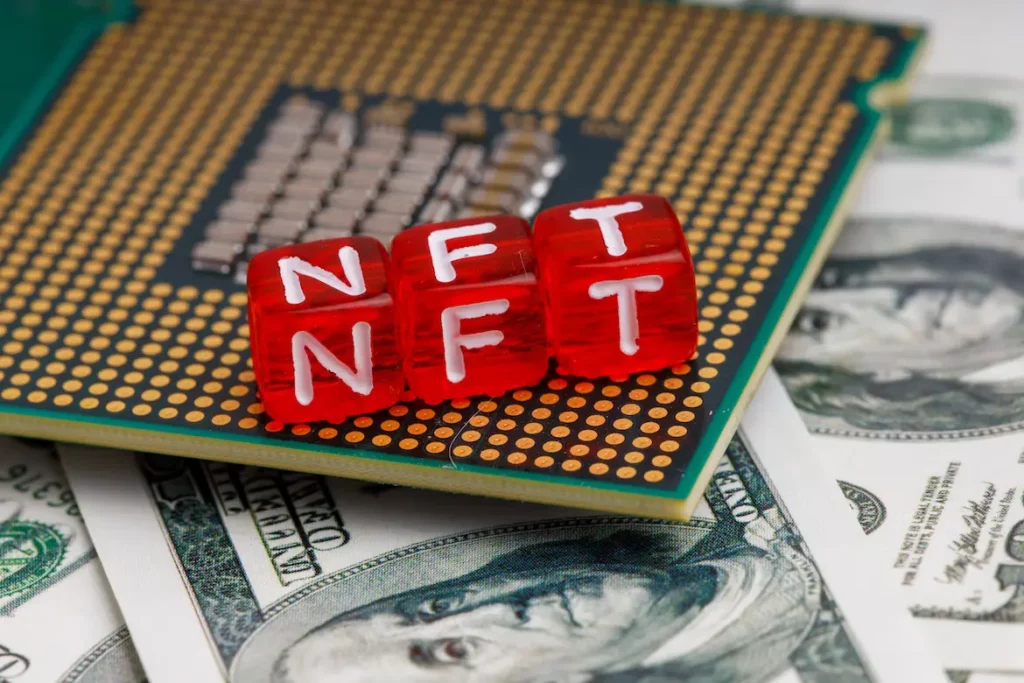Many NFTs are similar but why do all NFTs look the same?
The new blockchain technology, NFT, is making waves in the market as more people are trooping in to become part of this new trend. However, so many NFT enthusiasts, especially the newbies have found it confusing on why do all NFTs look the same. Some of these NFTs are worth outrageous amounts of dollars while others are not.
While there may be other factors leading to this similarity issue, the most obvious factor is the introduction of derivatives or lookalike NFT. There are lots of NFT projects seeking to copy the metadata of successful NFTs, leading to increasing similarity among NFT projects. Moreover, a use of similar technology is also one of the main reasons and factors as to why do all nfts look the same.
NFT Derivatives
One of the main reasons on why do all nfts look the same is the large amount of NFT derivatives. A derivative in NFT is an imitation of a pre-existing blue-chip or successful NFT project. Some NFT derivatives beyond copying the appearance of the project, also, imitate the name of the original creator. An example of this is the Cryptophunk, a derivative of Cryptopunk. An NFT derivative can also be a combination of two blue-chip NFT projects. A popular example is the SODA (Society of derivative apes).
As the NFT market is becoming popular and the demand for NFTs is on the rise, the NFT derivatives are also increasing in number and popularity. The NFT creator makes a derivative with the hope that his project will gain attention and perform well as the original successful NFT. Also, it can be created to serve as a cheap alternative to expensive ones.
Are These Lookalikes Legal?
So many people are confused about the legitimacy of these NFT derivatives as they’re making waves in the market. Some of these derivatives are scams and illegal while others are not. How? If a derivative or lookalike is up for sale without the prior consent of the original creator, it amounts to a violation of intellectual property rights. This is something to keep in mind when considering why do all nfts look the same
So, if the creator of the original NFT releases his permission to the creator of the lookalike NFT, he can copy the aesthetic elements and styles of the original NFT and won’t have to worry about any legal challenge. This is the best way of creating NFT derivatives. Moreover, these NFTs are made using a process known as regenerative art which basically uses just a few layers to create thousands of image variants. This is another big reason on why do all nfts look the same.

How Do Derivatives Affect Buyers?
This may be the main cause for why do all nfts look the same. The similarity between the derivatives and the original can be challenging for buyers. Sometimes, it’s hard to tell the original from the imitation and the buyer could end up purchasing the wrong asset. As a buyer, you need to do your due diligence and ask yourself important questions before making your purchase. However, it all depends on why you’re buying an NFT.
For example, if you are a lover of art and decide to buy NFT as an appreciation to the artistic display, then you don’t need to worry about the original or the derivative. All you need to do is to find an NFT that looks good to you, check the price to know if you can afford it, and then buy it. Also if you love the artist and want to support his career, there’s no need for research.
However, if you’re buying NFT for profit, you need to tread carefully. You need to do research on the project and the creators to know if they’re the real ones. Some derivatives can cost as much as their original counterpart. This usually deceives the buyers and they end up buying the wrong asset. This is one of the big downsides of the extreme similarities which cause the question on why do all nfts look the same.
Top 5 Blue-chip NFTs
Bored Ape Yacht Club
Bored ape yacht club (BAYC) Is a collection of 10,000 bored graphic representations of bored cartoon apes, existing on the Ethereum blockchain. This collection of NFT is owned and launched by Yuga lab in April 2021 and has gone further to incorporate its own cryptocurrency into its ecosystem. There are many copycat versions of this popular collection which adds to why do all nfts look the same.
At the time of its launch, each bored ape was selling at the price of about 0.08 ETH which is approximately $220. The price later exploded, reaching as far as $400,000 but later dropped to about $100,000 (about 76 ETH) in the middle of October. Bored ape is one of the rare high-profile NFT collections with lots of celebrity endorsements. Eminem, Snoop Dog, Jimmy Fallon, and Stephen Curry are all owners of bored ape.
CryptoPunk
Created by Larva labs in 2017, CryptoPunk is one of the pioneer NFTs in the market. It’s a collection of 24×24 8-bit pixelated art images existing in the Ethereum blockchain. The design features within the collection range from humans, and apes to aliens and apes.
The Larva lab which consists of Matt Hall and John Watkinson, the Canadian developers gave out the first punks for free, as the project started as an experiment. Every Ethereum wallet holder could access the NFT and about 9000 of them were available and 1000 were reserved for the developers. These trend setting nfts are one of the main reasons on why do all the nfts look the same.
The values of crypto punk witnessed a massive explosion in 2020, selling over $10 million in a marketplace like Opensea. In January 2022, the NFT had $2.5 billion in trading volume in Opensea. CryptoPunk is endorsed by lots of high-profile individuals and investors including Jay-Z, Gary Vee, and Serena Williams.
Vee Friends
Founder on the Ethereum blockchain, this NFT collection was released in May 2021 by Gary Vee, a Belarusian-American entrepreneur, and multi-millionaire. Gary Vee created Vee friends out of his passion for NFTs and luckily, it was at the time NFTs like bored ape were about to become popular. The NFT came in two series; the first series was about 10,000 NFTs with about 268 characters. The second series was about 55,555 collections with 251 characters.
In October 2022, one of the Vee friends’ tokens sold for 105 ETH, approximating to $333,000. In the same month, the project traded over $240 million in volume in Opensea alone. The multimillionaire investor, Gary Vee, has become one of the biggest influencers in the NFT.
Art Block
Art Block is a digital platform based on the Ethereum network that offers investors and collectors the opportunity to mint generative on-demand art NFTs through their minting technology. One of the features of Art Block is the NFT drop, where the user don’t know what their NFT looks like until it’s minted. Created and launched by SnowFro in November 2020, the platform became popular for generative NFT projects, minting NFT upon purchase.
Following the release of Fidenza by Tyler Hobbs in 2021, Art Block became popular, making over $600 million in total trading volume. One of the NFTs, Chromie Squiggle sold for 750 ETH ( about $2 million) in August 2021.
World of Women
Founded in 2021 by Yam Karkai, world of women aims at equal representation, inclusivity, and equal representation for all. It’s a 10,000 collection of representations of the image of women from different races and professions. In February 2022, world of women NFT #5672 sold for 260 ETH ( over 567,000 British Pound sterling) in Christie’s London Evening Sales.
World of women has risen to prominence and it’s one of the blue-chip NFTs in the market currently selling for about 9 ETH in floor price. The project has also received endorsements from lots of celebrities including Reese Witherspoon, Eva Longoria, and Liam Payne.
Conclusion
One of the main driving factors in the NFT space and other business sectors is the desire for attention and success, which translates to the creation of lots of derivative projects to replicate the success of the original ones. This is one of the major reasons why do all NFTs look the same. We also looked at the technologies used like regenerative art that further answers the question on why do all nfts look the same.
